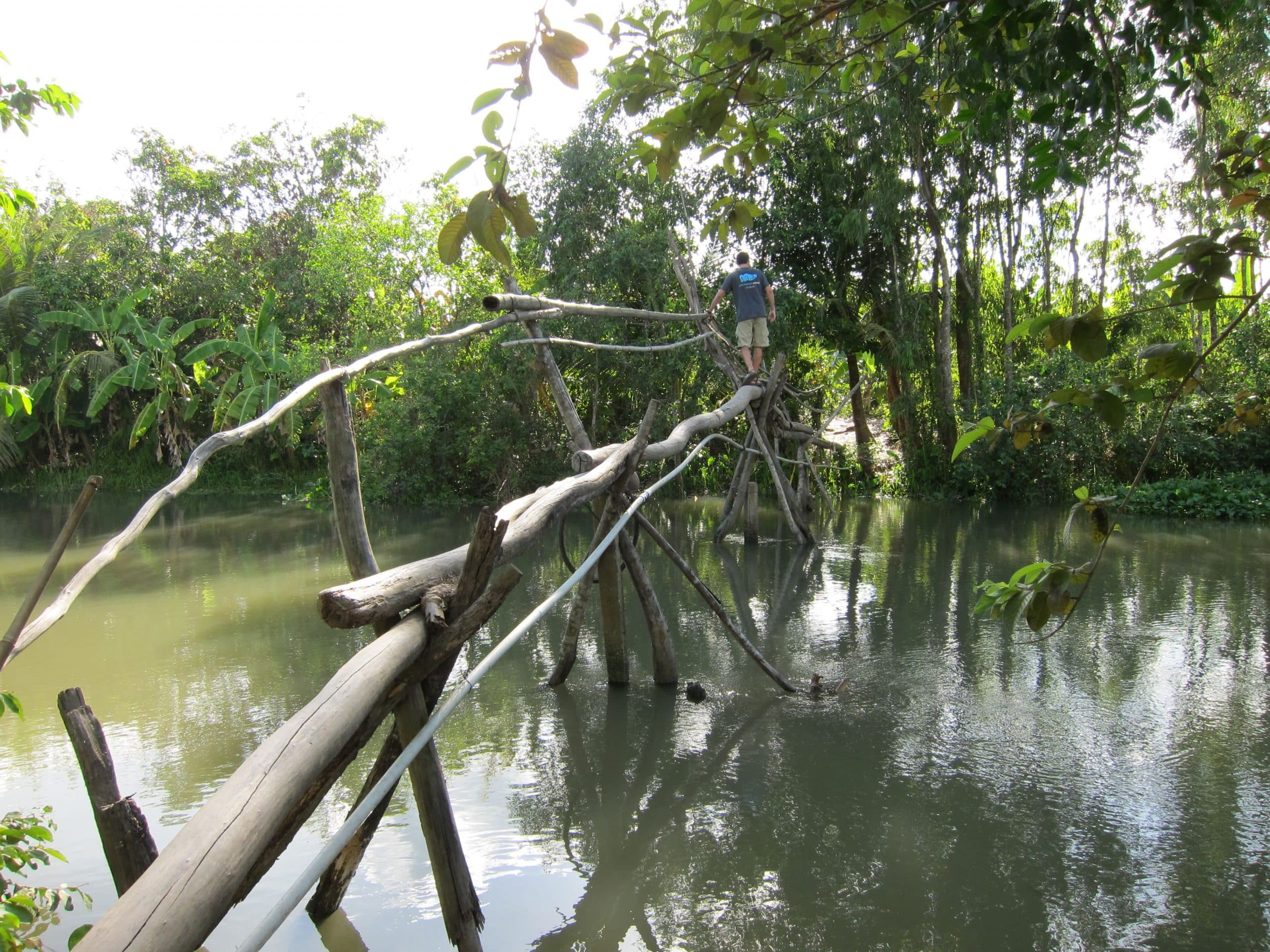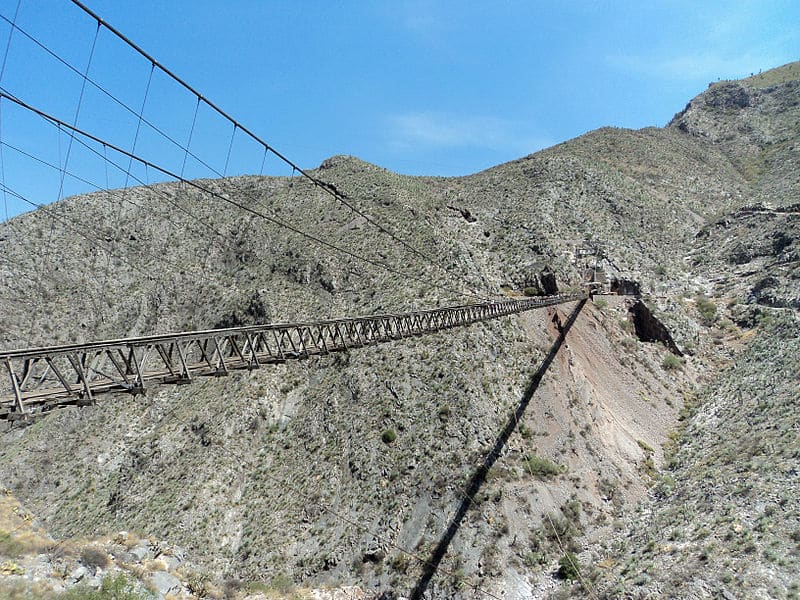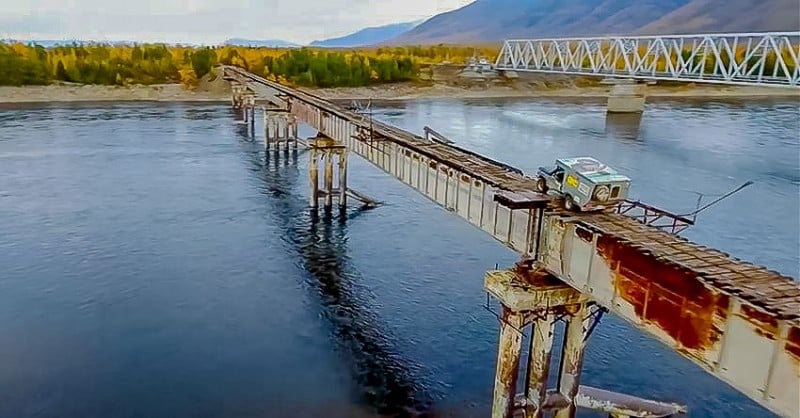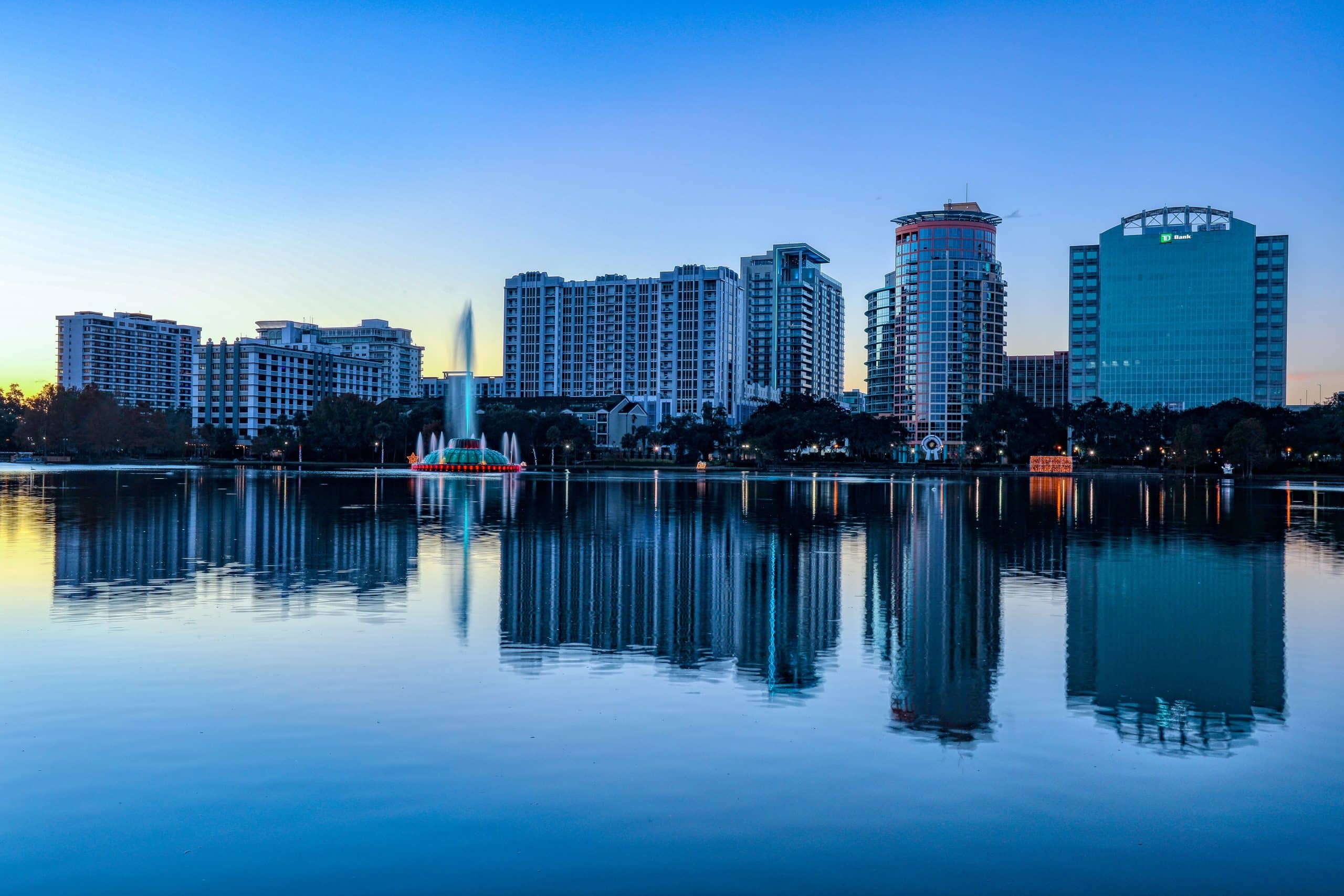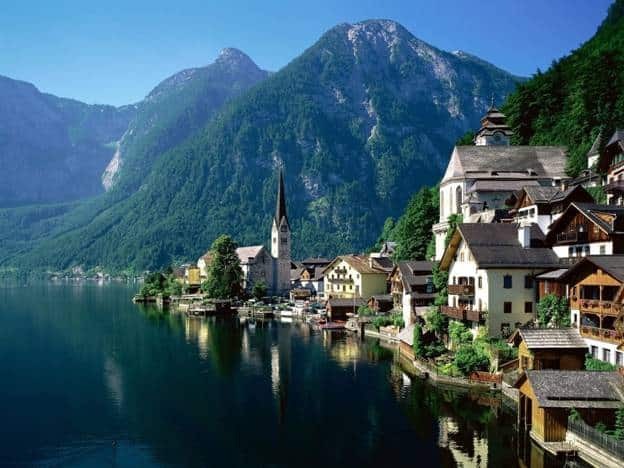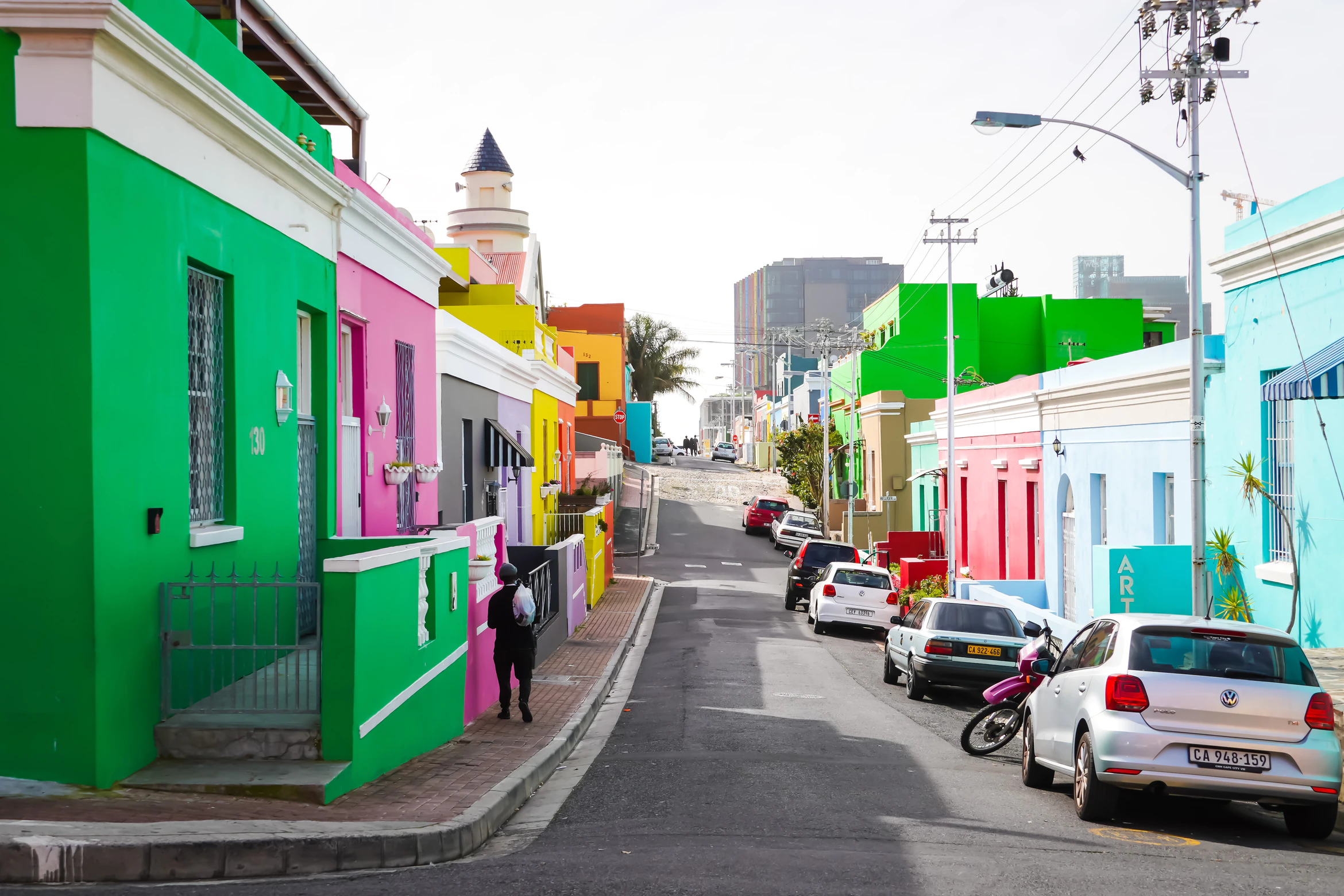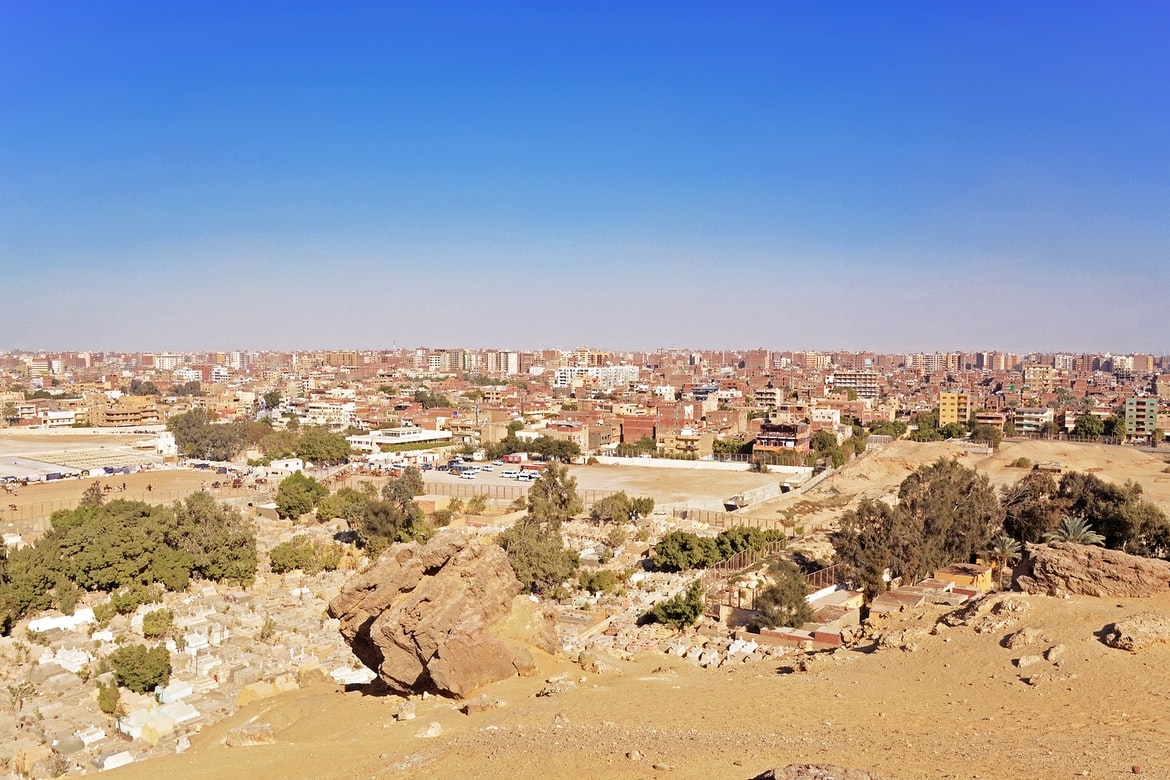Would you cross the world’s most dangerous bridges?
There are bridges all over the world, some old, some well-built, some improvised using whatever would fit the bill and on hand. All the bridges have the same goal, which is to connect two points above the void. Some bridges are the only means of access, and it takes a good deal of courage to cross them:
Would you cross the world’s most dangerous bridges?
1.Hussaini Hanging Bridge (Pakistan)
The Hussaini Hanging Bridge is considered to be the most dangerous bridge in the world. You don’t need to stare long and hard at this photo to see why.

This rope bridge crosses over Borit Lake in the Upper Hunza. The bridge is poorly maintained and shakes viciously when you walk across it. If you take the wrong step, you’ll end up flying into the Hunza River below. Nonetheless, brave (or foolish) hikers like to test their bravery by crossing the bridge when they visit
2.Langkawi Sky Bridge (Malaysia)
This curious-looking bridge in Malaysia is 400 feet above the ground and has been closed several times for maintenance purposes. Its reopening was delayed several times but it is now open for use, although not many people actually dare to cross.
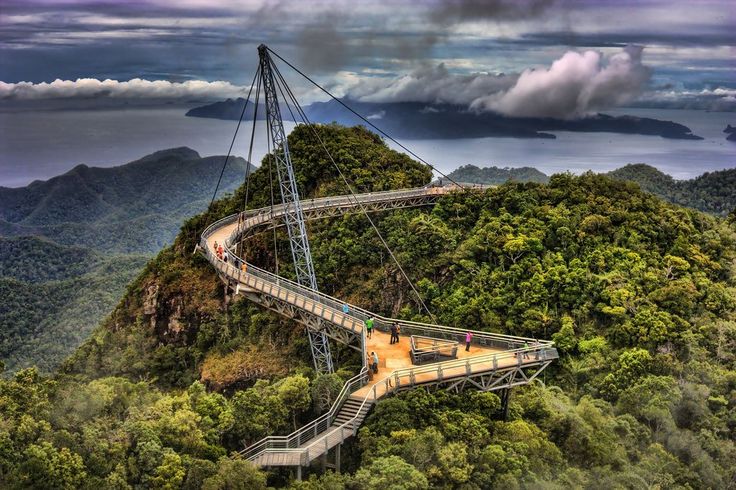
At one point, the Sky Bridge was closed for two years because it was considered unsafe to use, while there was until recently a rumor going around in Langkawi that claimed the bridge could potentially collapse. We’ll be giving this one a miss but hey, you’re welcome to take the risk
3.Carrick-a-Rede Rope Bridge (Northern Ireland)
This 66-foot-long bridge might not seem like much, but few people make it there and back. (Don’t worry, they don’t fall in – they just can’t stomach the journey twice and so they opt for a ferry on the way back!)
 4.Deception Pass Bridge (Washington)
4.Deception Pass Bridge (Washington)
Deception Pass Bridge looks pretty daunting from afar, let alone close up. The twin bridges are 180 feet above the water and connect Whidbey Island and Fidalgo Island. In the 1900s, locals traveled across the water using a ferry.
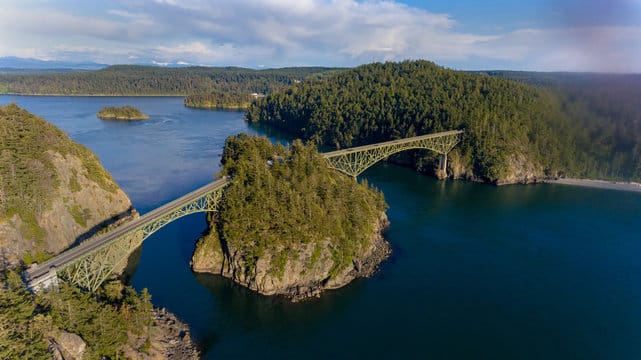
They took their horse-and-buggy on board and, when they wanted to return, would bang a saw with a drumstick until the ferry arrivedThere is another bridge on the other side of the mountain made up of just a few planks. The drop below is pretty dramatic and if you decide to cross, we only have one piece of advice to offer you crazy adventurers: don’t look down!
5.Hanging Bridge of Ghasa (Nepal)
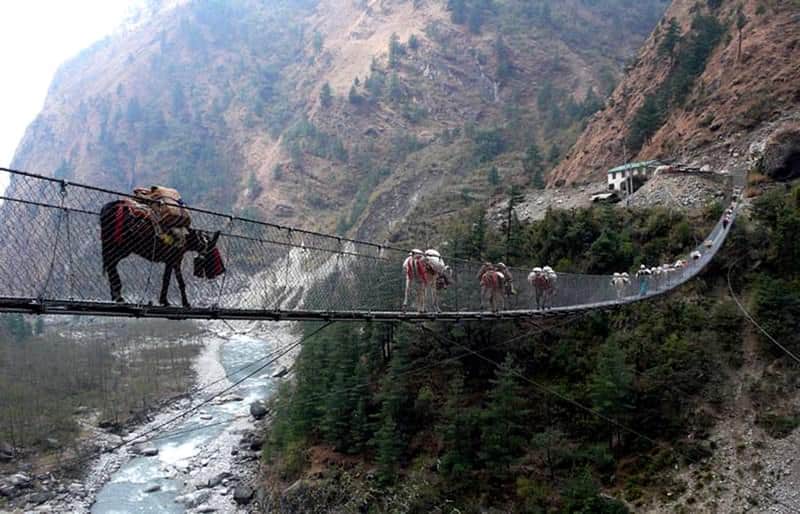
This breathtaking bridge may look terrifying, but it also happens to be one of the main sources of transportation for the locals in the village of Ghasa, Nepal. It serves an important purpose: the bridge was built to ferry people and cattle, with shepherds and animals moving freely across it daily.
The bridge is extremely narrow and it stretches high above a river valley. It’s also susceptible to wind gusts, which occur regularly in the area. The locals have grown accustomed to the bridge, but many tourists are too afraid to cross it. It may look fragile and unstable, but it also has high railings which make it safer.
6.Keshwa Chaca Bridge (Peru)
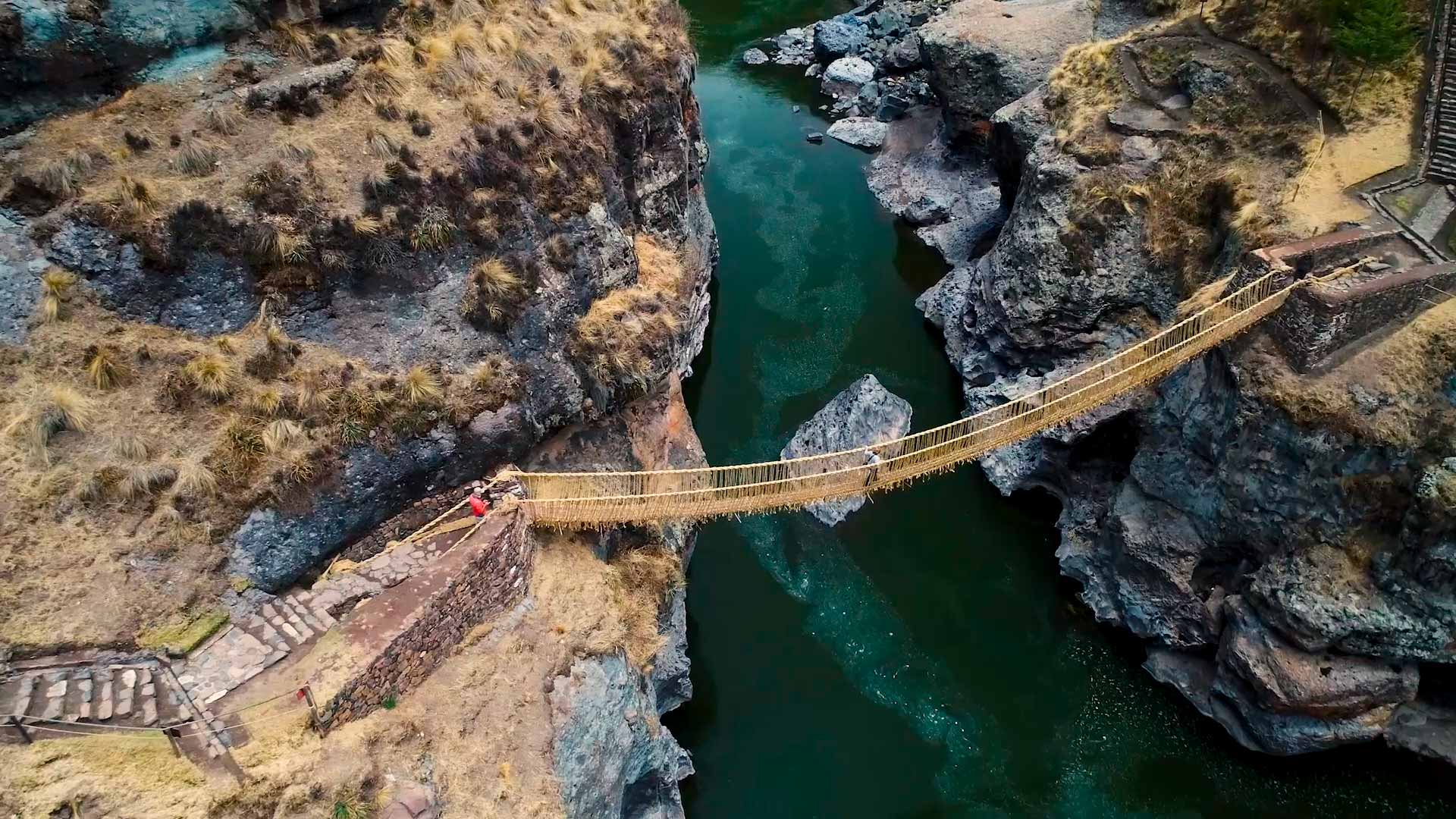
While most bridges are made from wood or steel, the Keshwa Chaca Bridge is made from woven grass. If you are worried it won’t support your weight, do not fear. The bridge has lasted for 500 years.It was the Incas who initially built the bridge and it required a big team. Women braided small thin ropes which the men then used to braid large support cables. The result is this stunning bridge which demonstrates the talents of the Incas and their intriguing construction methods.
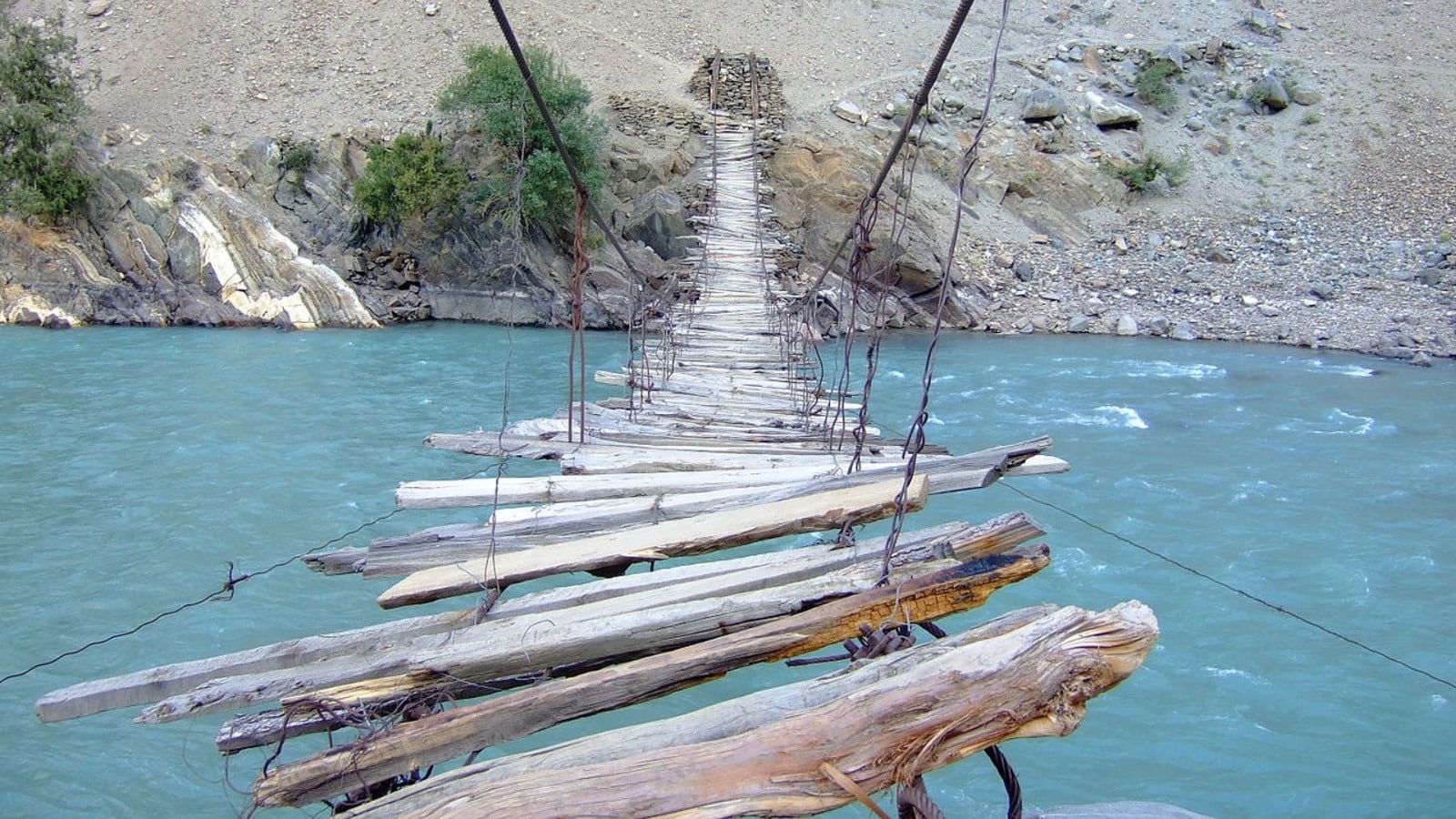
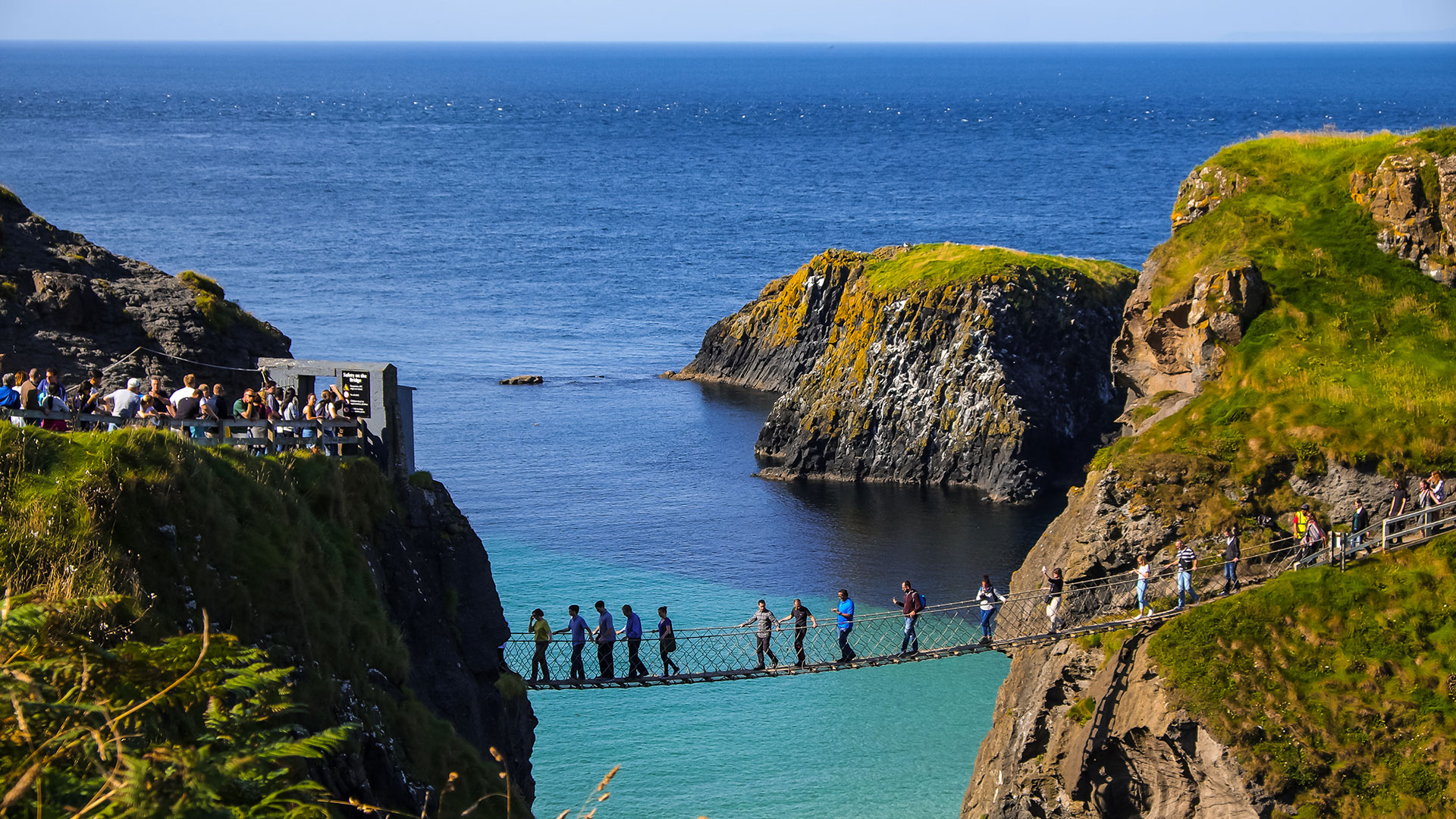 4.Deception Pass Bridge (Washington)
4.Deception Pass Bridge (Washington)
